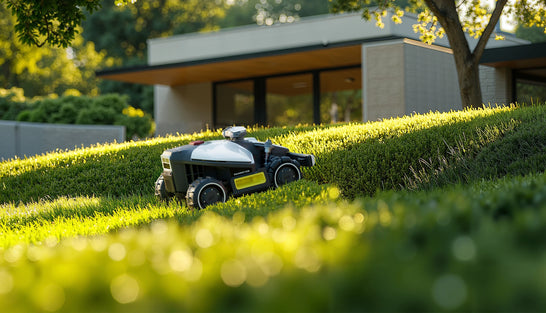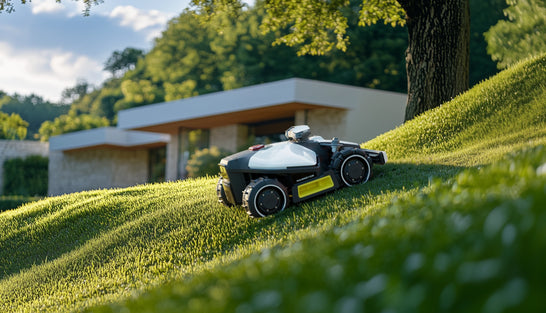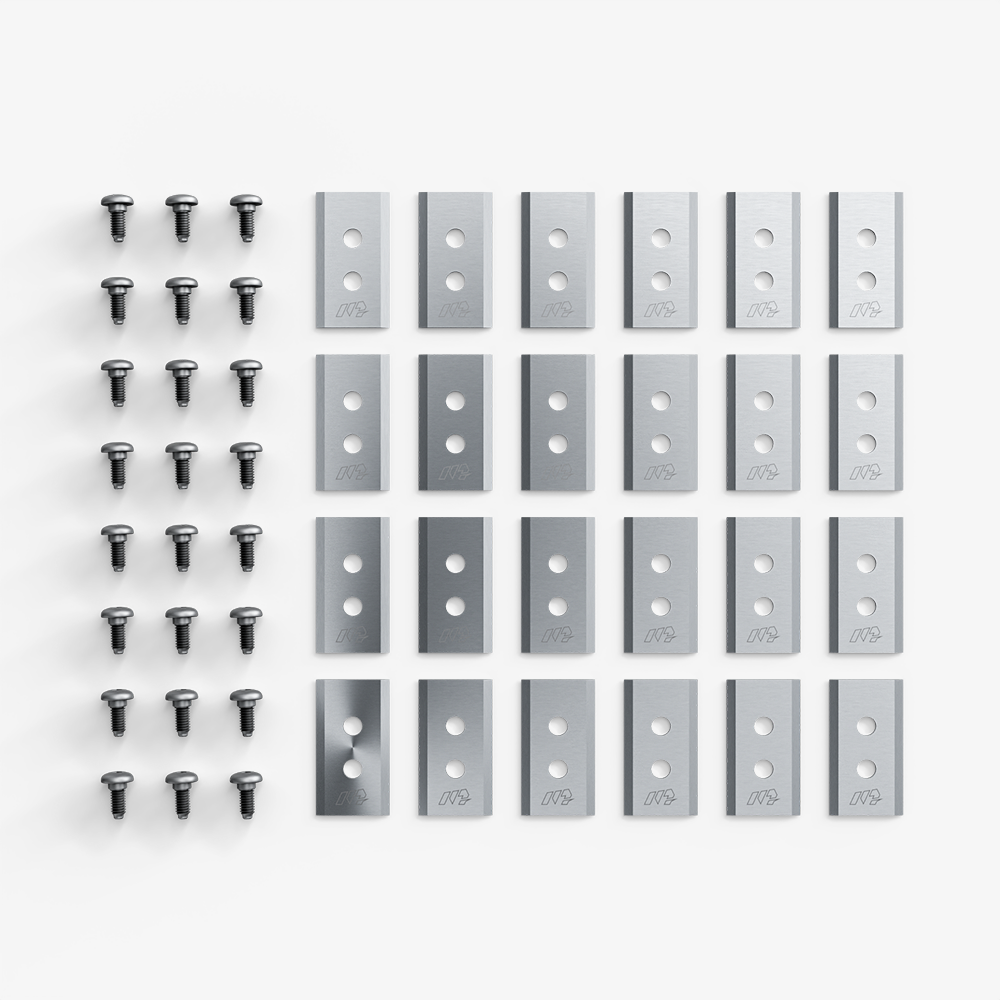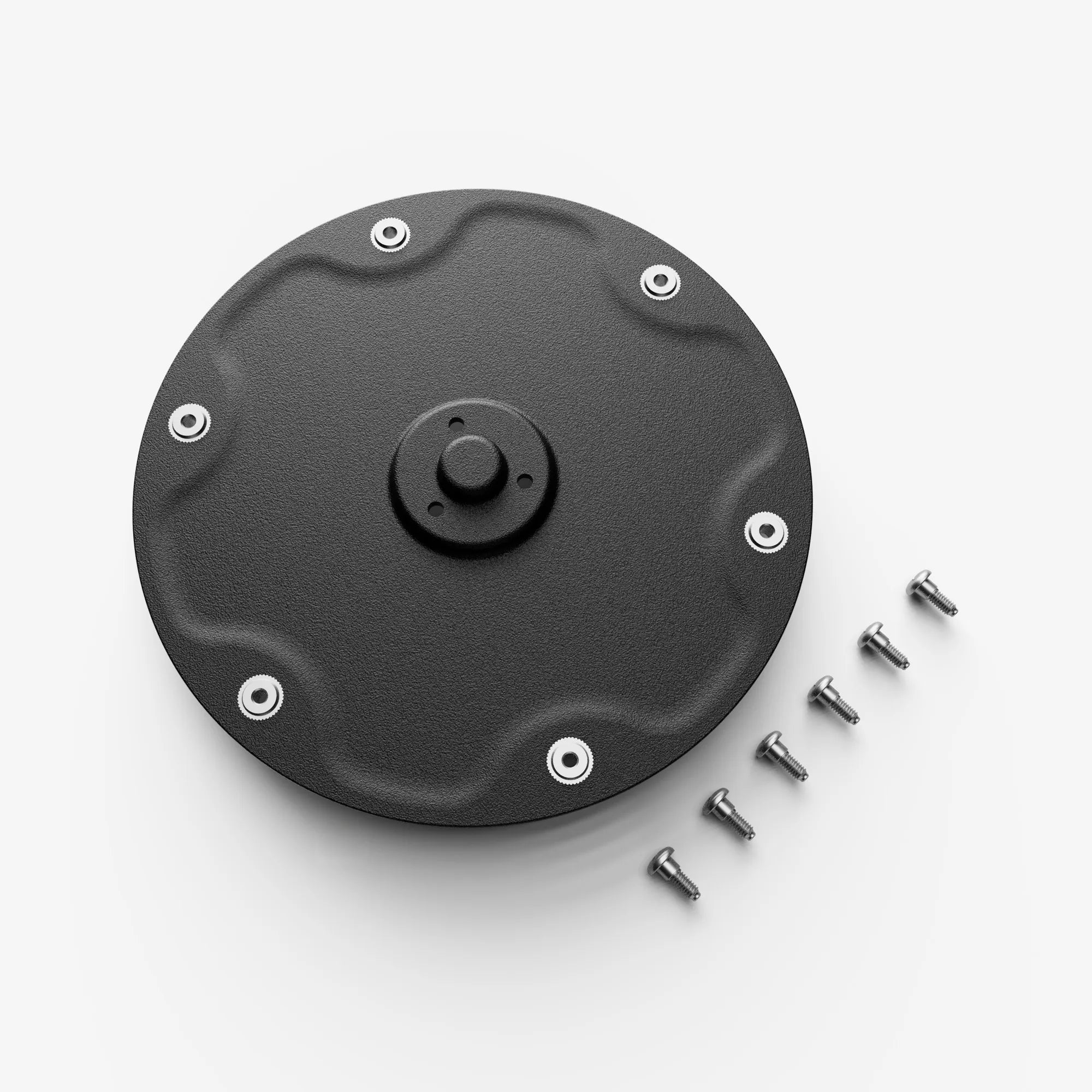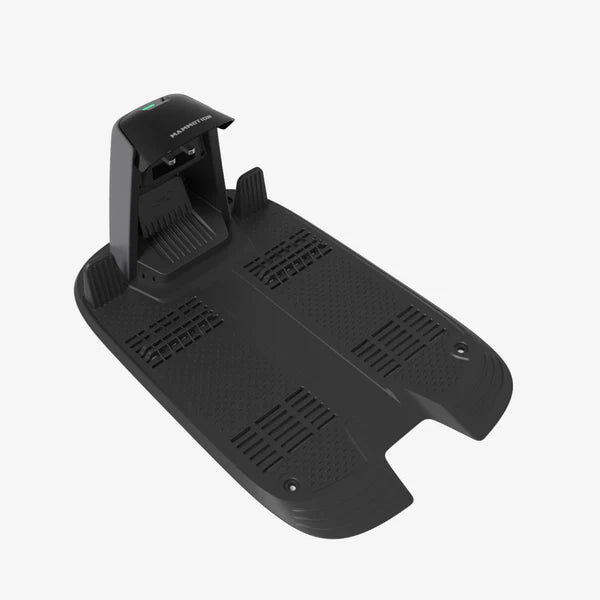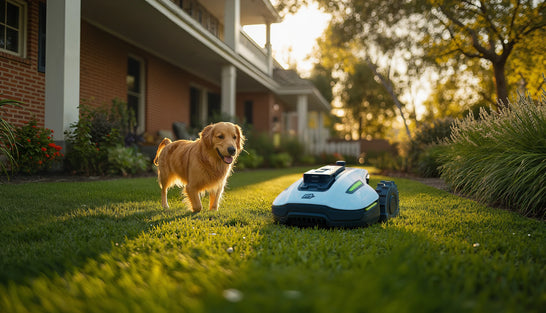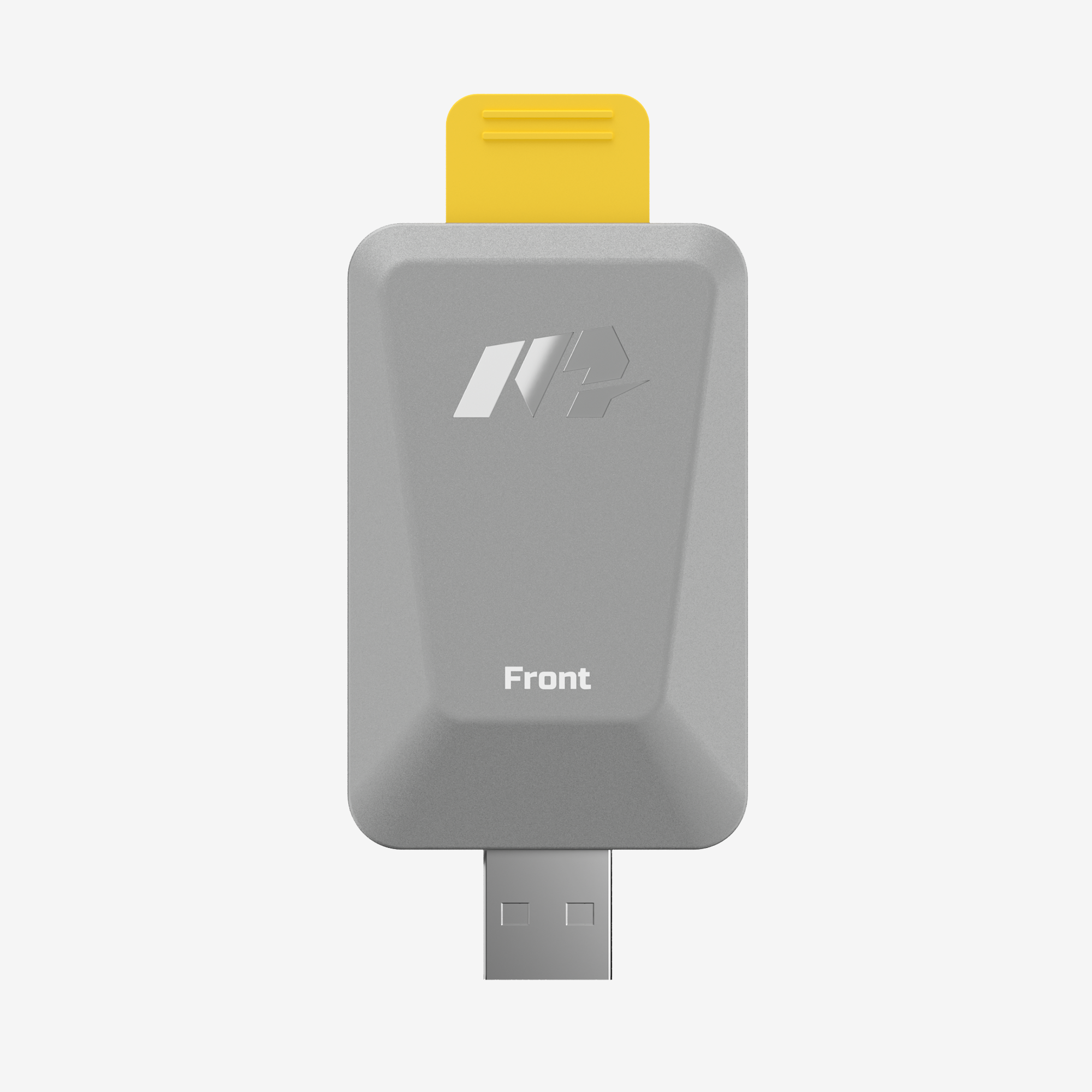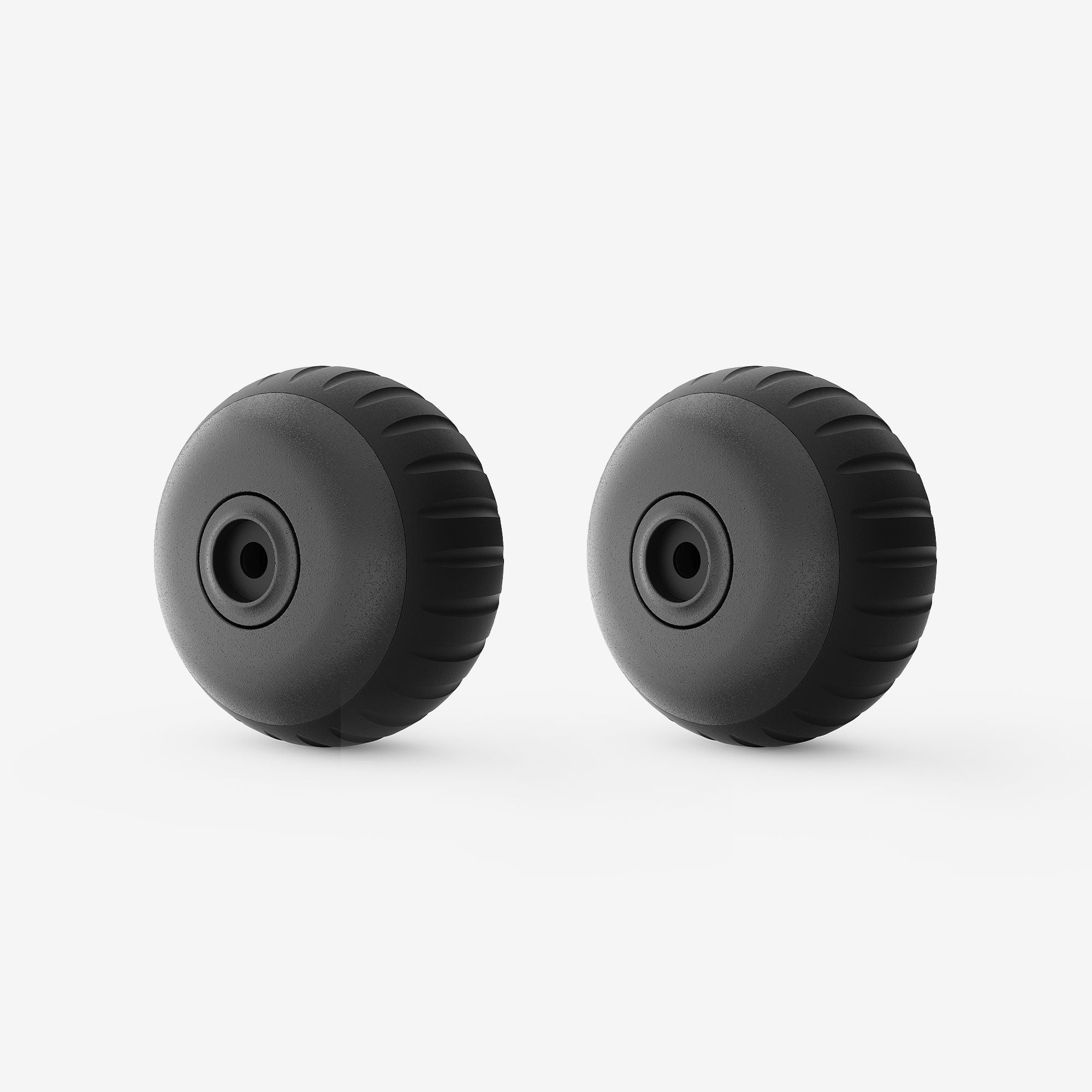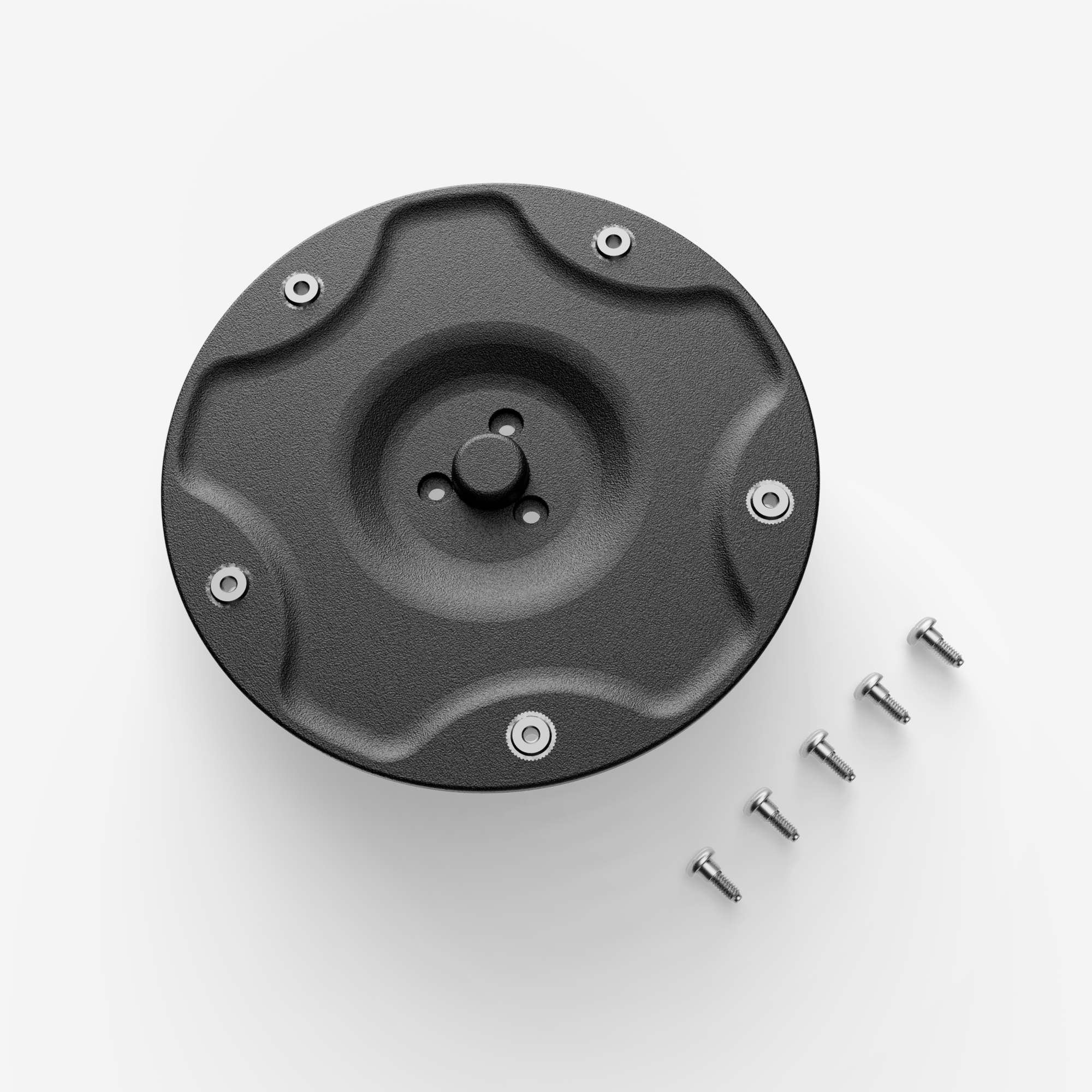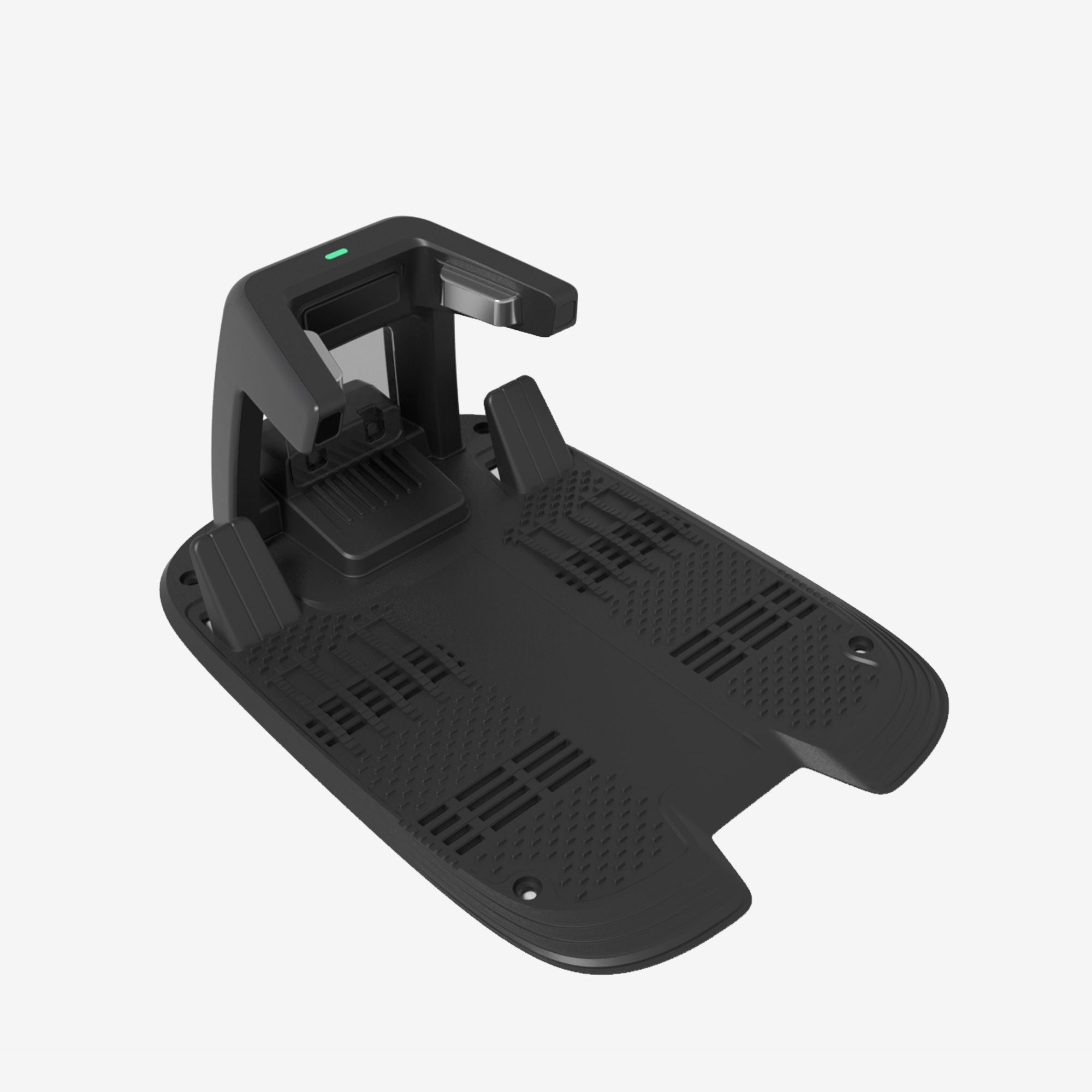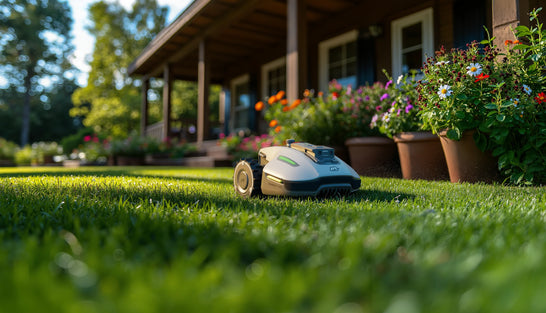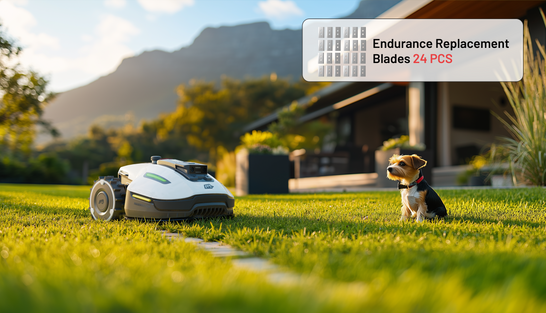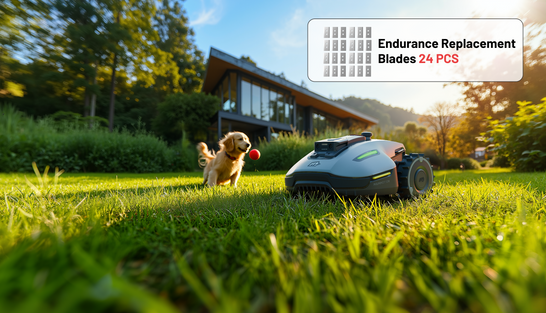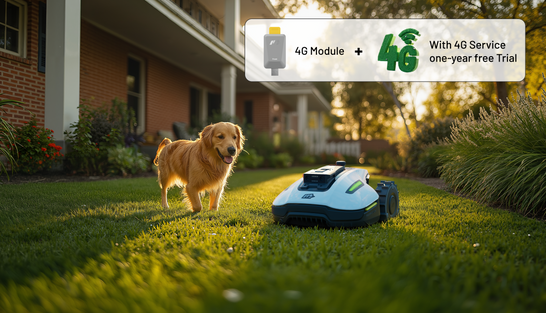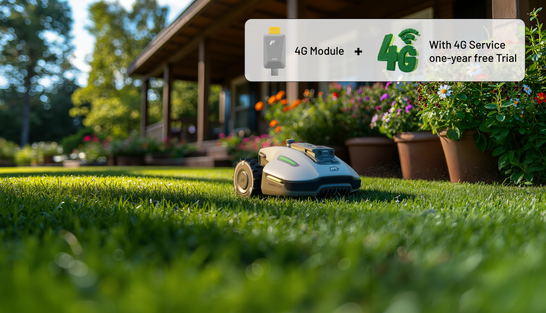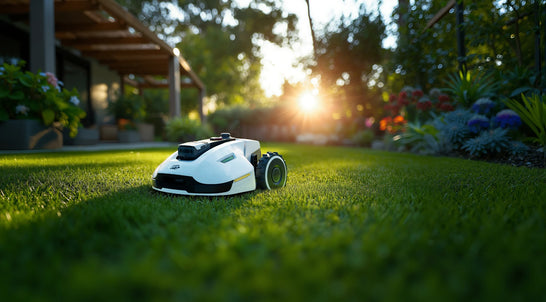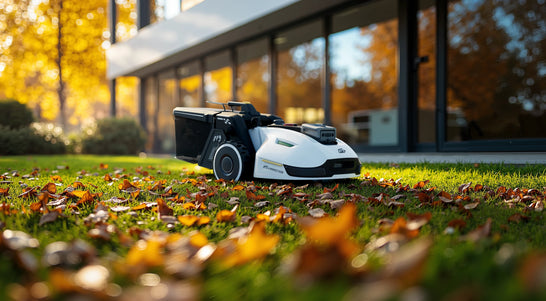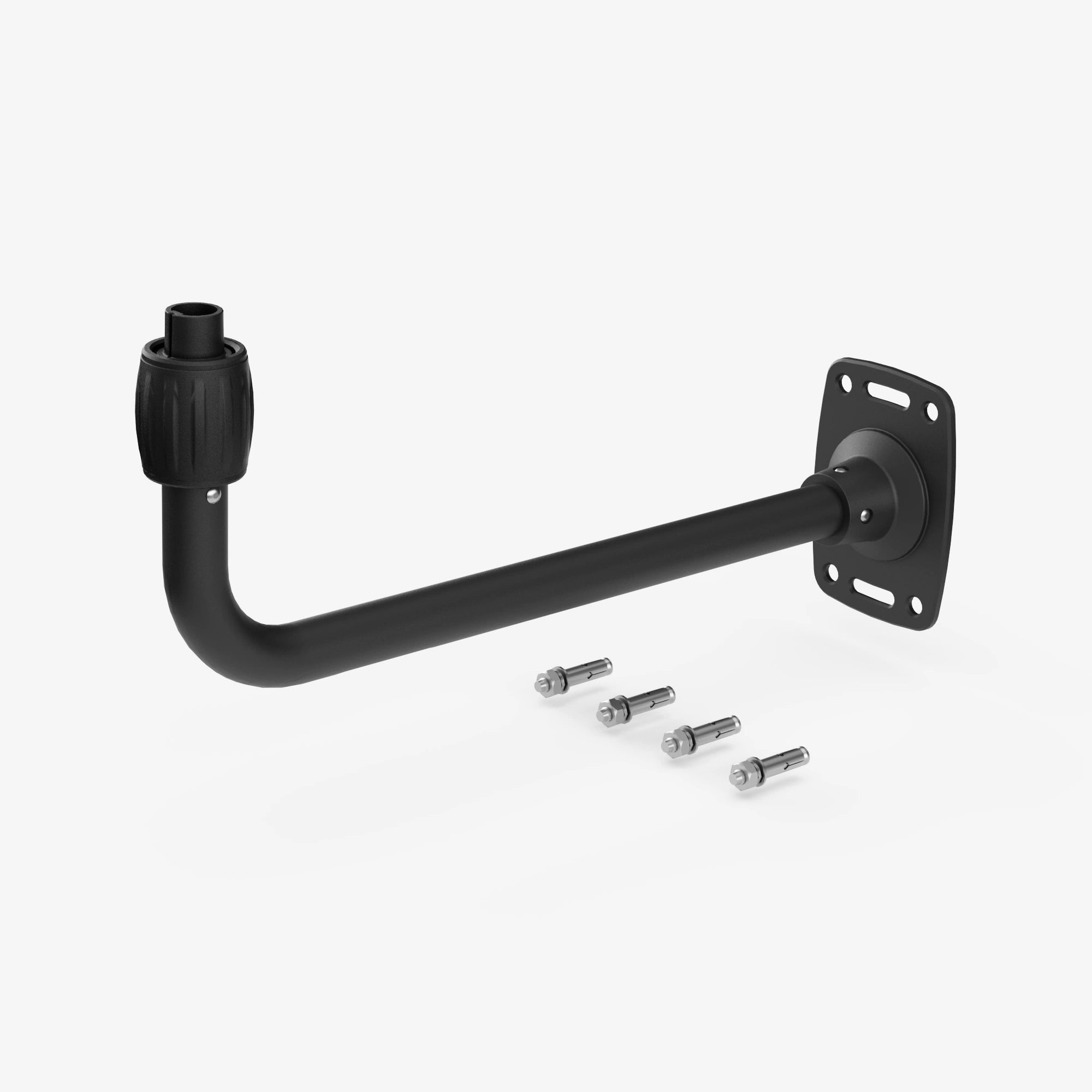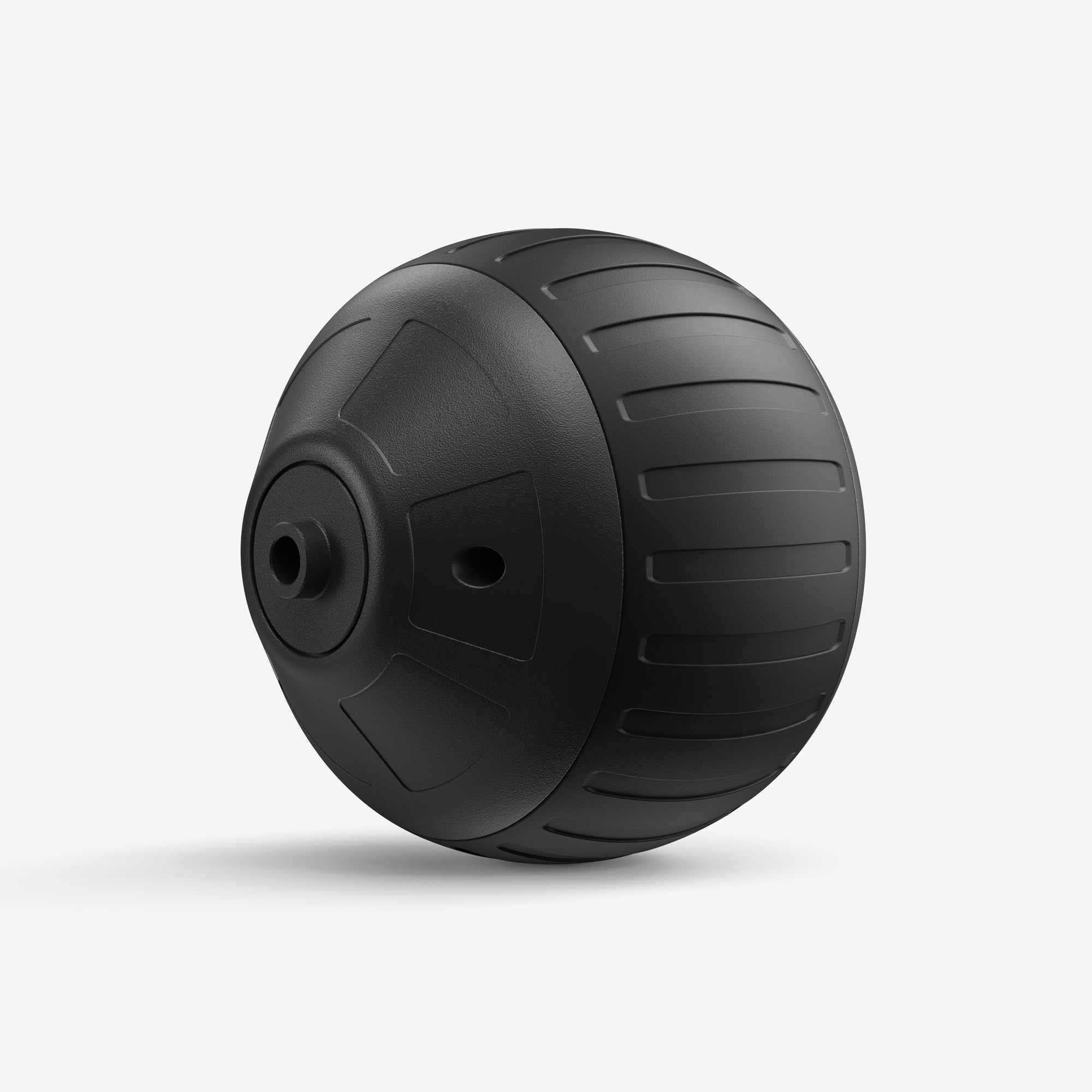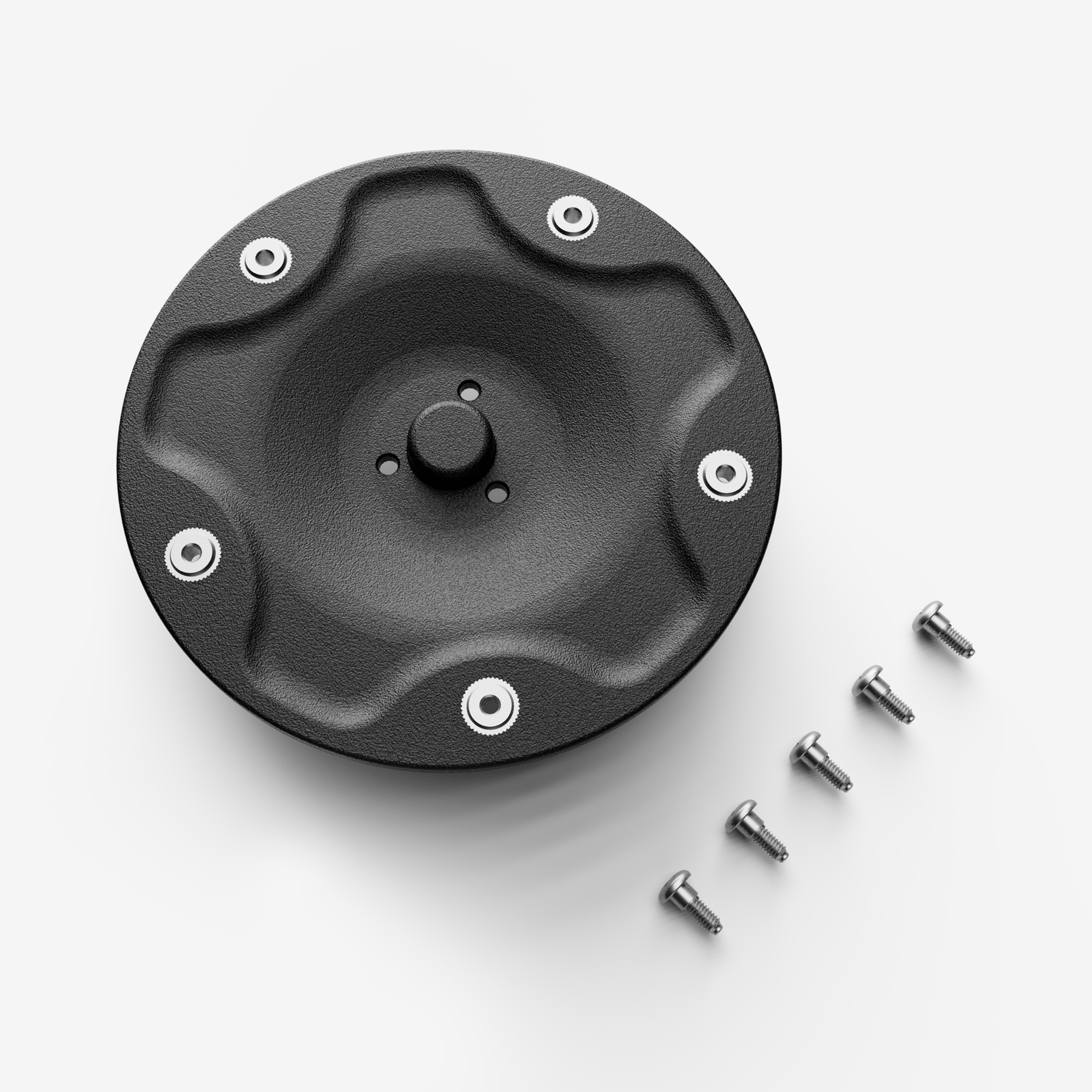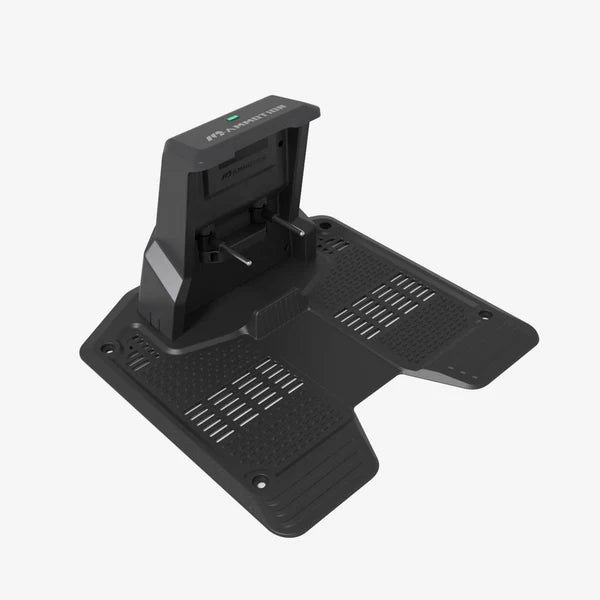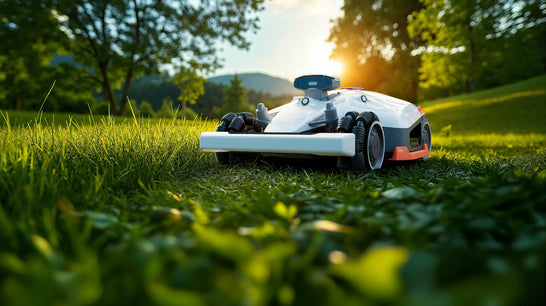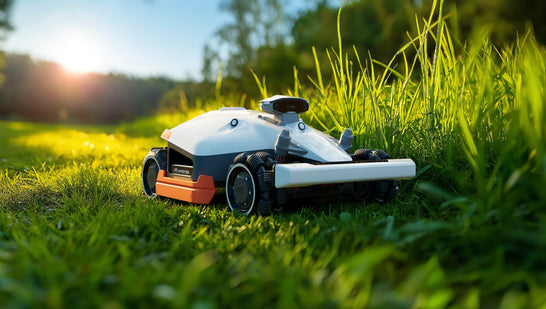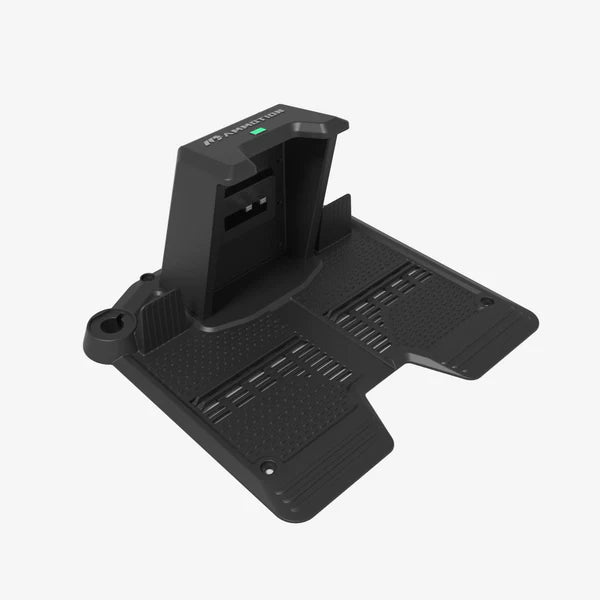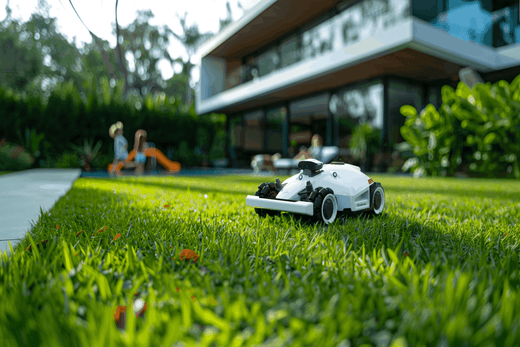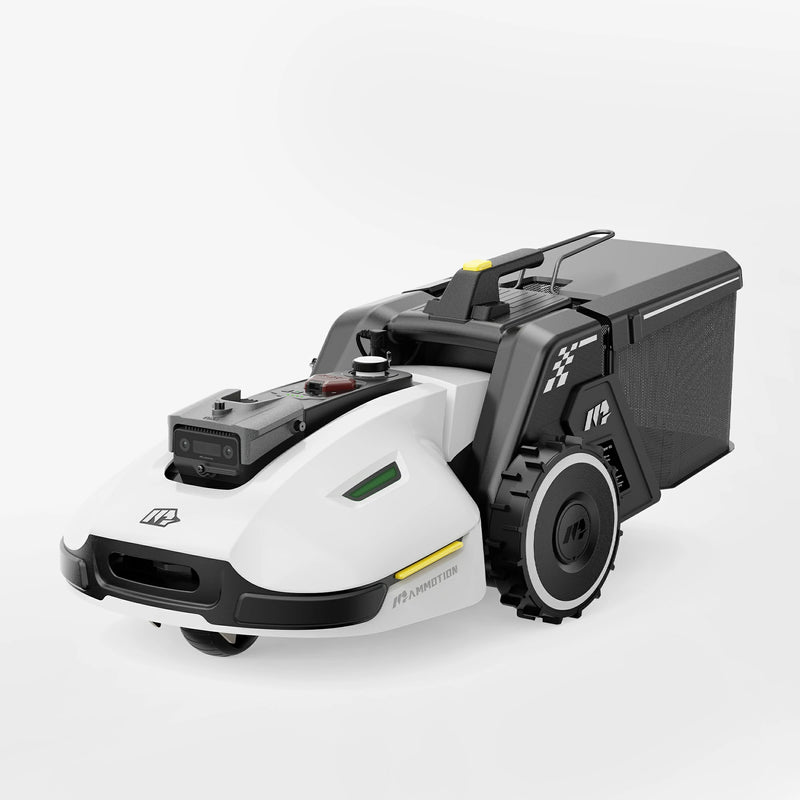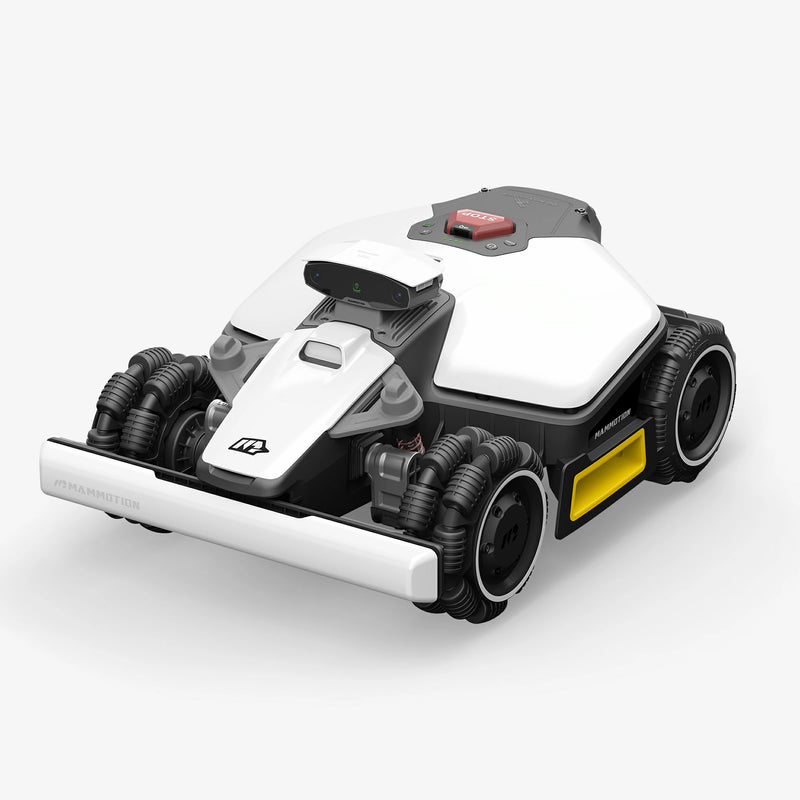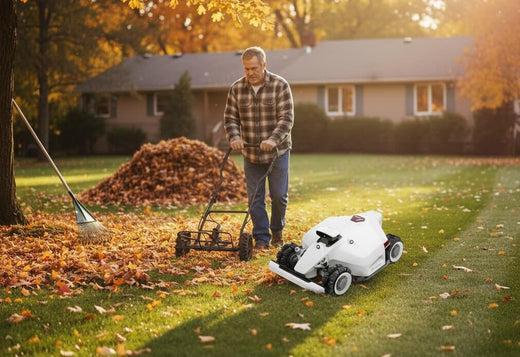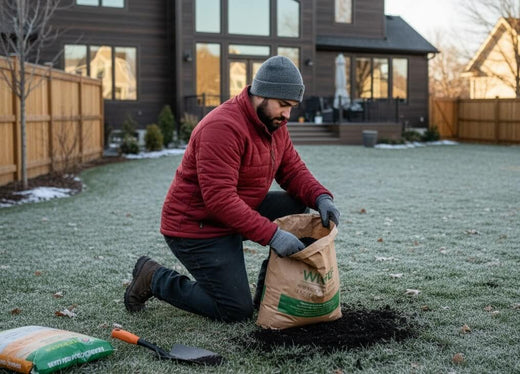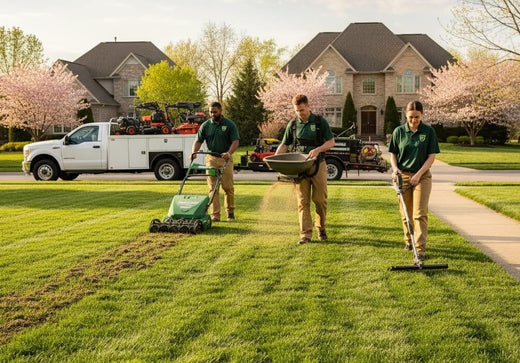The first mow of spring is essential for setting up a healthy, vibrant lawn that will thrive throughout the year. After a long winter dormancy, your grass enters its active growth phase in spring, requiring proper care and attention. Mowing at the right time is crucial for restoring your lawn's vitality, improving its resilience, and preparing it for the growing season. A well-timed first mow can significantly impact the overall density and appearance of your lawn. If you're unsure when to mow your lawn in spring, read on to find out the best time to start.
When to First Mow the Lawn in Spring? Key Signs to Look For
Timing your first mow of the spring is crucial for maintaining a healthy lawn. Observing specific signs can help you determine when your lawn is ready. Factors like grass growth, soil condition, and local weather patterns all play a role. Here are the key indicators:
- Grass Height: The most obvious sign that your lawn is ready for its first mowing is the height of the grass. Most lawns should be mowed when the grass reaches about 3 to 4 inches. This ensures that the grass is strong enough to handle the cut without stress.
- Soil Conditions: Before mowing, check the soil. It should be firm and dry. Avoid mowing on wet or muddy soil, as this can lead to compaction, which damages grass roots and slows growth.
- Active Growth: Your grass needs to be actively growing before mowing. In cooler climates, early spring may still have dormant or slow-growing grass. Look for consistent daytime temperatures around 50–60°F—this typically signals the start of the growing season.
- Frost-Free Periods: If there's frost in the mornings or a risk of freezing temperatures, hold off on mowing. Frosted grass is fragile, and mowing it can cause it to break or tear, leading to brown patches.
How to Prepare Your Lawn for the First Mow in Spring?
Proper preparation is key to achieving a healthy, thriving lawn from the very first mow of spring. A well-prepared lawn and equipment will enhance the appearance of your grass and prevent damage during the initial mow.
Step 1: Clean Your Lawn
Before you start mowing, take a few minutes to clear any debris left over from winter. Remove sticks, leaves, and any other materials that could obstruct the mower or harm the grass. A good raking is also essential for lifting any matted grass, improving air circulation, and promoting healthy growth.

Step 2: Check and Maintain Your Mower
Ensure your mower is in top shape for the season. Start by sharpening the mower blades, as dull blades tear the grass, leaving it susceptible to diseases. Additionally, check the oil level, clean the air filter, and top off with fresh fuel. A quick test on a small patch of grass will confirm if everything is working as it should.
Step 3: Adjust Mower Height
Set your mower height to leave your grass at an optimal length. For the first mow, aim to cut no more than the top third of the grass height. Cutting too short, known as "scalping," can weaken the grass and expose the soil to weeds and pests.
Step 4: Inspect for Winter Damage
As you clean and prepare, look for any damage caused by winter conditions, such as bare spots, snow mold, or compacted soil. Addressing these issues early will help your lawn recover quickly, allowing it to grow strong and healthy throughout the season.
Best Weather for First Mow in Spring
The right weather conditions are essential for a successful first mow of the spring. Mowing in unfavorable weather can stress your lawn and lead to long-term damage. Here are the key weather factors to consider before you mow:
1. Dry Conditions
Always mow when the grass is dry. Wet grass is heavy and can clump, making mowing uneven and potentially damaging the mower. Wet grass also tends to tear instead of cutting cleanly, leading to brown tips and increasing the risk of fungal growth.
2. Mild Temperatures
For the best results, mow on a mild day, typically between 50°F and 70°F. Extreme temperatures, whether too hot or too cold, can stress the grass and hinder its recovery. Try to mow in the mid-morning or early afternoon when the temperature is most stable.
3. No Frost or Rain
Ensure that there is no frost on the ground and no rain in the forecast. Frosted grass is brittle and can be damaged by mowing. Rain-soaked soil can become compacted, which damages the grass roots and slows down growth.
4. Sunny or Overcast Days
Choose a sunny or overcast day for mowing. These conditions provide enough visibility while reducing the risk of overheating the grass. Avoid mowing during periods of extreme heat or high humidity, as they can stress both the mower and the lawn.
Best Practices for the First Mow in Spring
Knowing when to mow your lawn in spring is just the first step. To ensure the best results, follow these proven best practices for mowing your lawn:
1. Set the Correct Mower Height
When you start mowing your lawn in spring, begin by adjusting your mower to its highest setting. For the first mow, trim no more than the top third of the grass blades. Cutting too short can stress the grass and expose the soil to weeds. As the season progresses, gradually lower the mower height for a healthier lawn.
2. Know Your Grass Type
Different types of grass have different mowing needs. Cool-season grasses like fescue and bluegrass should be mowed to a height of 2.5 to 3 inches, while warm-season grasses like Bermuda and Zoysia can be cut shorter, around 1.5 to 2 inches. Understanding your grass type will help you determine when to start mowing your lawn in spring and how to adjust the mower height accordingly.
3. Mow in the Right Pattern
Changing up your mowing pattern each time you mow prevents compacted soil and promotes even growth. If you mow horizontally one week, try mowing vertically or diagonally the next. This strategy not only improves the overall appearance but also encourages healthy grass growth.
4. Use a Sharp Blade
A sharp mower blade is essential for clean, healthy cuts. Dull blades can tear the grass, leaving jagged edges that are more prone to diseases. Make sure your mower blade is sharp when you start mowing your lawn in spring, and regularly check it to ensure the best performance.
5. Avoid Mowing When Grass is Wet
To get a clean, even cut, avoid mowing when the grass is wet. Wet grass tends to clump together, making it harder to mow and potentially causing your mower to clog. Mowing wet grass can lead to uneven patches and even damage the lawn.
6. Clear Debris Before Mowing
Before starting your first mow, clear the lawn of any sticks, rocks, or other debris. Not only does this protect your mower, but it also prevents scalping and ensures a uniform cut, helping your lawn stay healthy throughout the season.
Common Mistakes to Avoid When You First Mow Your Lawn in Spring
Avoiding mistakes during your first mow in spring is just as important as following the right techniques. Here are the most common pitfalls and how to steer clear of them:
1. Mowing Too Early
One of the biggest mistakes people make when deciding when to mow their lawn in spring is starting too early. If you mow before the grass has resumed active growth or before the soil has firmed up, it can stress and damage your lawn. Always wait until your grass reaches the recommended height of 3–4 inches and the soil is dry and stable.
2. Cutting the Grass Too Short (Scalping)
Scalping the lawn by cutting the grass too short weakens it and leaves it vulnerable to weeds, pests, and diseases. To avoid this, stick to the one-third rule: never remove more than one-third of the grass blade’s length in a single mow. This approach ensures healthy growth and strong root development.
3. Mowing Wet Grass
When you’re wondering when to start mowing your lawn in spring, remember to wait until the grass is completely dry. Mowing wet grass can lead to uneven cuts, clumps of grass clippings, and even soil compaction. Wet grass is also more prone to disease, so wait for a dry day before getting started.
4. Using a Dull Mower Blade
Mowing with a dull blade tears the grass instead of providing a clean cut. This results in jagged edges that are more susceptible to disease. Make sure to sharpen your mower blades before the first mow and check them regularly throughout the season to maintain optimal performance.
5. Skipping Lawn Cleanup
If you ignore debris like sticks, leaves, and rocks on your lawn, you risk damaging your mower and producing uneven cuts. Always inspect your lawn thoroughly and clear away any debris before mowing to protect your equipment and ensure a smooth, even mow.
6. Mowing in the Same Direction Every Time
Mowing in the same pattern repeatedly can create ruts and compact the soil, hindering healthy grass growth. To promote even growth and reduce stress on your lawn, alternate mowing directions with each session.
Conclusion
The first mow of spring is more than a routine task; it’s a critical step in setting your lawn up for success throughout the growing season. By carefully choosing when to start mowing your lawn in spring—paying attention to grass height, soil conditions, and frost risk—you’ll minimize stress and encourage healthy growth. Preparation is essential: clean your lawn, maintain your mower, and adjust your mower settings for your specific grass type. Follow these guidelines, and you’ll enjoy a lush, vibrant lawn all season long.
Frequently Asked Questions
1. When should you first mow a lawn in spring?
The optimal time for the first mow in spring is when your grass reaches a height of about 3 to 4 inches. This ensures the grass is actively growing and can recover well from mowing. Additionally, ensure the soil is firm and not overly wet to prevent soil compaction.
2. Is it better to keep grass long or short in spring?
In spring, it's advisable to keep the grass slightly longer. This promotes deeper root growth, enhances drought resistance, and helps shade out weeds. Avoid cutting more than one-third of the grass blade's length in a single mow to prevent stress.
3. What is the earliest month to mow your lawn?
The earliest month to mow your lawn varies based on regional climates. In warmer areas, late March might be suitable, while cooler regions may need to wait until April. Always assess grass growth and soil conditions before mowing.
4. When to start mowing in Minnesota?
In Minnesota, it's best to begin mowing when grass starts growing and reaches the appropriate height, typically in late April to early May, depending on weather conditions. Ensure the soil is firm and free from excess moisture before mowing.
5. When should I mow my lawn after winter?
After winter, wait until the grass is actively growing and has reached about 3 to 4 inches in height. Ensure the soil is dry and firm to avoid compaction and damage to the grass roots.
6. Is March too early to mow?
March can be too early to mow in many regions, especially where temperatures are still cool. It's essential to wait until the grass shows active growth and reaches the recommended height before mowing.
7. How early to mow lawn etiquette?
Lawn mowing etiquette suggests starting mowing no earlier than 8 a.m. on weekdays and 9 a.m. on weekends to minimize disturbances to neighbors. However, local ordinances may have specific guidelines, so it's advisable to check with local authorities.
8. What is the first thing you put on your lawn in the spring?
The initial step in spring lawn care is to clean up any debris, such as leaves and twigs, accumulated over winter. This allows the grass to access sunlight and air, promoting healthy growth. Subsequent steps include aeration, overseeding, and appropriate fertilization based on soil testing.

